Pandemics, Data, and Predictions for the Future
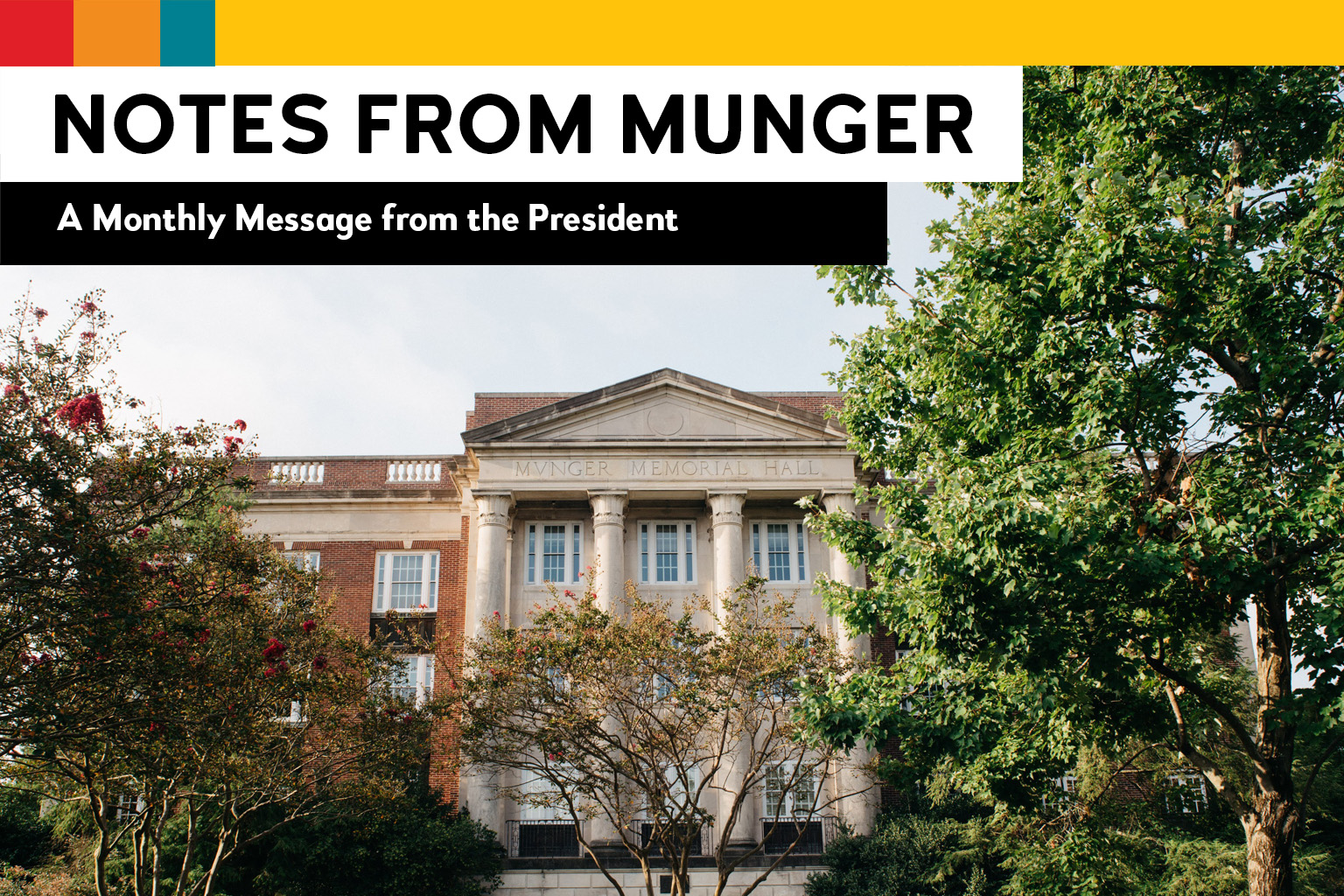
Notes from Munger (Rather, from my basement office at home)
May 2, 2020
I like to write these “Notes” to address current events, to stimulate debate on campus. I try to express a variety of views on a variety of topics, making it a challenge to agree with me on all things. Agreement is not the point of the exercise; conversation is. Now that most of us are living with our families 24 hours a day, our daily discussions are different. I am writing these notes because I am thinking a lot about these issues. I hope you will read this, and discuss issues like these with your classmates, teachers, and colleagues. I also hope that this reading will spark discussions around home dinner tables.
Six weeks into sheltering at home, my first focus has been to maintain normalcy. Like other professors, I spent a lot of time filming my lectures and meeting with students online. As president, I have tended to the administrative needs of the College, including working with the leadership team on rebating a portion of room, board, and fees of this past term. In addition, I have worked with members of the leadership team to secure funding under the Small Business Administration loan program as well as the U.S. Department of Education grants. And now I am very much focused on next year, exploring the different permutations of what college will look like nine months into a pandemic and how we can come back to campus and be safe.
Like many of you who are sequestered at home, I have also taken up other projects. For years, I have had a list of things to get done. Now I realize that if I don’t do these things now, I will probably never do them. Ever! Over the coming weeks, I will either clean out my garage, organize my photos, read the stack of books on my bedside table, start writing my own book, or, perhaps, not ever. God has called my bluff!
I am almost out of excuses that have justified procrastination on these and other projects over the years, but I do have one excuse left. I am thinking a lot about how the world has changed. I wonder how this pandemic will make the world on the other side of it different. Will Tik Tok replace TV? Will ordinary people become the stars now? What about Mother Earth? We have given her a break. The air is clean in Los Angeles and Beijing! Dolphins are swimming in the canals in Venice! Perhaps we won’t go to shopping malls and grocery stores any more. (Maybe.) Will college move to online teaching forever? (Definitely not).
In history, great pandemics have led to profound change. In “Guns, Germs, and Steel,” Jared Diamond demonstrates how farming and the domestication of animals created societies that would later come to dominate the world through their culture and language. Rather than cultural or technological superiority, these societies wiped out other societies due to their antibodies. It is the germs that leaped from the domestication of animals that led to this superiority in the other societies. When introduced by explorers and invaders to other societies, these germs wiped out entire cultures that lacked immunity around the world. In the history of Europeans coming to North America, the germs they brought were far more deadly than any weapon used in any battle.
The plague Europe experienced in the 14th Century had tremendous impact on modern history. In what is known as the “Black Death,” Europe lost more than one-third of its population. Historian Niall Ferguson points out in several of his books, including “Civilization, The West and the Rest,” that this pandemic, more than any other economic or political force, led to the end of feudalism. Europe ended up with a shortage of workers. Laborers had leverage for the first time under this system. This leverage led not just to higher wages, but also to demands for political freedom. Ferguson as well as other historians cite the Black Death as one of the reasons that Europe led the world into the Age of Enlightenment and the creation of scientific, political, and economic advancements that followed.
There are more recent pandemics that impacted many lives. They did not necessarily change the course of history, but did change the habits of millions of Americans. Every day turned into a battle against these diseases, a battle that altered day-to-day living until there was victory many years later. The influenza of 1918 – also known as the Spanish Flu – struck at the end of World War I in 1918. It killed more than 20 million people and remains the deadliest pandemic in history. As we now know, most did not actually die from the flu, but from related illnesses such as bacterial infections that would have been curable 27 years later with the broad production of penicillin in 1945.
In 1894, America experienced the first outbreak of polio, a disease that crippled a future president in 1921. It was not until 1955 that Jonas Salk’s vaccine was widely produced. In the first rounds of inoculations, poorly produced vaccines actually infected more than 100,000 children. Despite these risks, Americans continued to be inoculated. By 1960, there were very few new cases of polio in the United States. In 1978, polio was deemed to be “officially eradicated” from our borders.
These two epidemics undoubtedly changed the lives of the people who lived through them. Given that we now have vaccines and antibiotics, it is hard for most of us to imagine what it was like.
I was born in 1964, so in my lifetime, I have only witnessed eradication. In the early 2000s, I worked at a global company where I had some responsibility for our activities in Hong Kong, and so I traveled there several times a year. I witnessed preparations for an outbreak of Severe Acute Respiratory Syndrome (SARS) that did not end up spreading. From that time forward, I realized that when I was in Asia, there was always hand sanitizer in every office building and customs workers taking temperatures at airports.
Frankly, for me and for most Americans, we have lived at a time when large outbreaks are stories in history. We are like the dolphins swimming in the canals of Venice, not experiencing how filthy they used to be, not appreciating how they will inevitably become filthy again. Perhaps the last 50 years was the exception, and there is not linear progress toward preventing pandemics. Perhaps there will not be a medical solution in a “convenient” amount of time for COVID-19. Why would there be? There has never been one before. If this is the right way of thinking about the “coronavirus,” then how should we live? How did our parents and grandparents live at time when there was no Salk Vaccine or penicillin?
From the information we have today, we can assume that we will be fighting this virus every day for the foreseeable future. If that is the case, how can we, like our parents and grandparents, adjust our lives but continue to live them? How can we be smart about our fight? Answering this question leads me to answering my original question: How is this pandemic going to change us? To fight this pandemic with all of the resources we have, and to be smart about our fight to decrease costs to society, we have to increase our knowledge. We have to systematically create, store, and share data about the virus to better understand it and how it relates to us. We have capabilities that are far greater now than ever before to do this. While not a cure, good data will enable the best preventative medicine that we have for the next few years.
What about having good data implies change to us? First, for this to work, we have to change how we view our personal data. As a country, we are willing for Google, Facebook, and Amazon to know almost everything about us, including our names, addresses, credit card numbers, and probably Social Security numbers. We give away data that enables large corporations that have no accountability to us to use the data to make money. Perhaps their service to us is better because of this data usage. Perhaps they sell this data. We don’t know. There is a saying in Silicon Valley that if you are not paying for a product, you are the product. We don’t seem to mind.
When it comes to our health data, under the Health Insurance Portability and Accountability Act (HIPAA), there are strict laws on what information can be shared. If someone has a highly contagious disease and goes grocery shopping, there is no law that says they have to notify anyone about their condition. If I back my car into a parked car, I am required to leave a note or wait for the driver to show up. I am liable for the damage I have caused. If I knowingly spread a highly contagious disease, I am not. To manage a pandemic, we have to manage the spread. We cannot manage the spread without changing how we view who owns the information of those who have contracted the virus.
Of course, there are good reasons for privacy when it comes to personal health care. No one wants to lose their health insurance. No one wants to be discriminated against for employment over a condition that is not contagious and will not impact their job. With the AIDS epidemic of the 1980s and 1990s, the lack of understanding of the disease – combined with prejudices against many who had contracted it – justified strengthening privacy rules at the time.
Can we balance the greater health of a community and the privacy of an individual? If the answer is yes, society should dramatically change how it views personal data. Certain data is already seen as a public good. We look at unemployment numbers to learn about the recent trends in the economy. We look at unemployment by state, city, and county. We look at it by job type. At no point in time do we reveal who is unemployed.
I would argue that the data of highly contagious illness is a public good comparable to one’s employment status. That does not mean that anyone’s identity should be exposed, but some details of their life such as general location of where they live will have to be. If we can bifurcate public data from private data, we start to really use data for public health as robustly as we do for public economics. Moreover, if there are national standards of collecting data, the data itself will be more accurate as will its ability to predict outcomes.
The government’s role is not to take personal data from people. To be clear, the government already does that. Rather, the government’s role is to declare what data can be disclosed that is personal but anonymous for the greater good. The government should decide the standards of the data saved and in what granularity it can and cannot be exposed so as not to make individuals identifiable. The government should make the data available to all as does the U.S. Department of Labor with economic data. Once this data is broadly collected, then many people will be able to leverage it in sophisticated models to make better informed decisions than we are making today.
By defining what is public data, the government is implicitly defining what is not. Arguably, anything with a name or an identifying number like Social Security is not. Perhaps we should view private data differently as well. If my name is attached to certain data, then I should own it. No one should use it without my specific permission. As with a minimum wage, perhaps there should be a minimum compensation for use of my data. This does not mean that Amazon does not know that a lawn mower was purchased for $293.59. It does mean that Amazon cannot know that I purchased it and use that information without my explicit and compensated-for permission. Moreover, anything that Amazon knows about my purchase that does not require my permission could be considered public data. All vendors should know about that transaction, not just Amazon. Sharing this information breaks Amazon’s data monopoly, enabling other companies to use it to compete with Amazon on a level playing field.
There is a precedent for the treatment of data this way. This precedent can be found in stock markets around the world. Transaction prices and amount traded is public data. It provides “price discovery” to investors. Investors use the information of trades to figure out the relative value of other financial assets. Investors use this information to value investments of all kinds. If price discovery were not a public good, markets would be significantly less efficient lowering both our GDP and standard of living.
On the other hand, the people making trades are not disclosed. That is private information protected by law. Brokers may not reveal which client did which trade. Protecting the identity of a client helps to protect a client’s intellectual property. For example, if Warren Buffet has an idea to buy stock in Alphabet (Google), he does not want other people knowing that he is buying. Other people will copy him and drive up the price. (If Buffet buys enough so that his ownership reaches a certain threshold, his buying will trigger filings and become known at the end of the quarter.) In general, the knowledge of who is buying and selling at the time is private knowledge. The public information is the price of the transaction and the amount traded. It is that information that is critical for markets to operate efficiently, not the knowledge of the name of the end investor.
Good data is critical to managing our lives through this pandemic. It will allow us to return to a more normal world as we develop longer-term medical solutions. Good data will tell us how to behave. It will tell us to go back into quarantine before our health system becomes stretched. It will tell us when it is “safe” to leave quarantine. Good data will help us pinpoint issues like determining in more detail who is most vulnerable and who is least vulnerable. Thus far, the data provided by Johns Hopkins University on the virus is incomplete.The graphic patterns of new infections reported daily resemble rolling hills that are probably patterns of data entry rather than patterns of new cases. If we drill down and look at the daily infection rates for Alabama, we see that we had no new infections on April 25, but 395 new infections, our worst day thus far, on April 26.We probably have the trends right over seven to ten days, but the actual infection rates or mortality rates are not close to correct when looked at on a daily basis.
Every week, there is new functionality. The information is becoming more granular, if not more accurate. You can now drill down to look at data by county, including number of ICU beds. Ultimately, we will not have good data until we have broad testing and contact tracing. If this country can test a million people a day, both the symptomatic and asymptomatic, and follow up with contract tracing testing on those who have been exposed, I expect that we will be able to manage through this pandemic as our parents and grandparents managed through similar times. Our ability to immediately collect, store, extract information from, and present publicly significant data on the behavior of the virus and how our behavior can alter it will help us. This advantage should make our pandemic more predictable, and far less dangerous.
At this point in time, I cannot guarantee that Birmingham-Southern will have students on campus in the fall. No college can. Speaking for all college presidents, we hope we do. Over the coming weeks and months, we will learn a lot more. We are currently working with experts to come up with how we safely return in the fall. This will be made possible through testing, contract tracing, and some behavioral change. It will rely on collecting good data.
I am optimistic that we can come up with a plan that can bring our students back to campus in the fall while minimizing the risk of contracting this virus. In June, we will let you know how this plan will work and its implications.
I would like to end with a few predictions on how these past two months have or have not changed us. First, I predict that we will tire of Tik Tok. I predict that online programming for work and for school will be part of our day-to-day lives, complementing and leveraging in-person interactions. Anything that can be completely replaced by online programming was already impersonal and arguably of low value. I predict that I will clean my garage, start that book, and sort out all of my pictures, but not finish any of it. I predict that as we start to step out during this pandemic, we will alter our own utility curves for risk and reward. I will not go shopping if I can help it. I may skip the next rock concert. Frankly, I skipped the last one. But I will go out to eat. I really do miss going out to a nice restaurant and having friends over for a drink. I miss teaching students who are five feet away from me as opposed to lying in their own beds 200 miles away with their video cameras shut off.
I predict that we will get through this pandemic before a complete medical solution arrives. I predict that the only way we can accomplish this is through seeking out, standardizing, and leveraging data. And if I am right, I predict that we as a society will have a broader conversation on data as property: who owns it, what must be shared, and what must require compensation.
Daniel
Notes from Munger are President Daniel Coleman‘s monthly letters to the Birmingham-Southern College community.


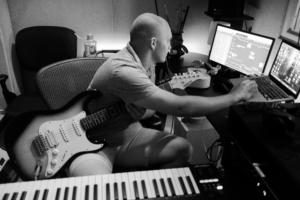
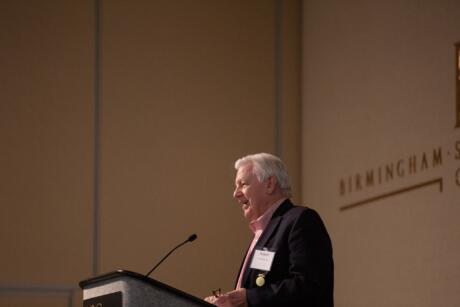
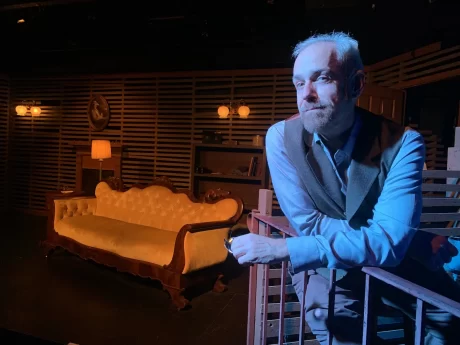
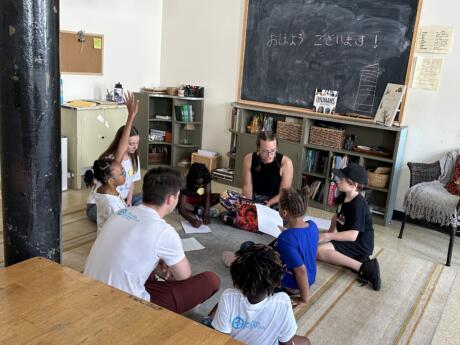
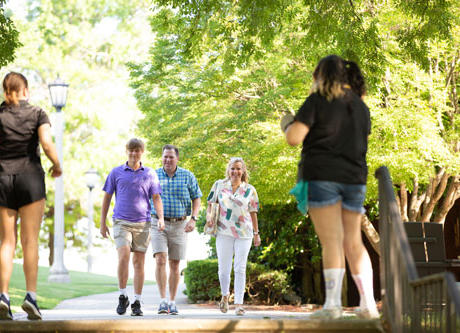
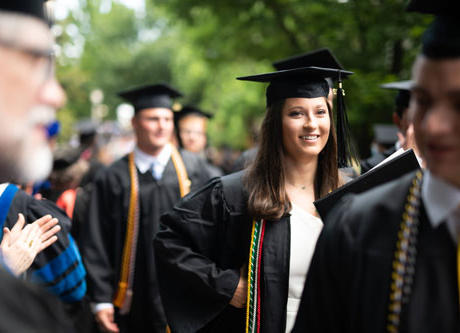
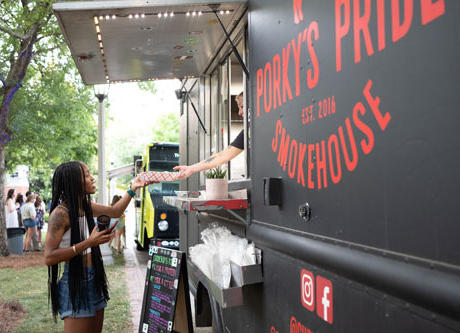

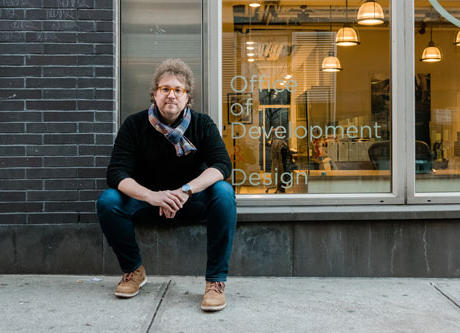
// Comments are closed //